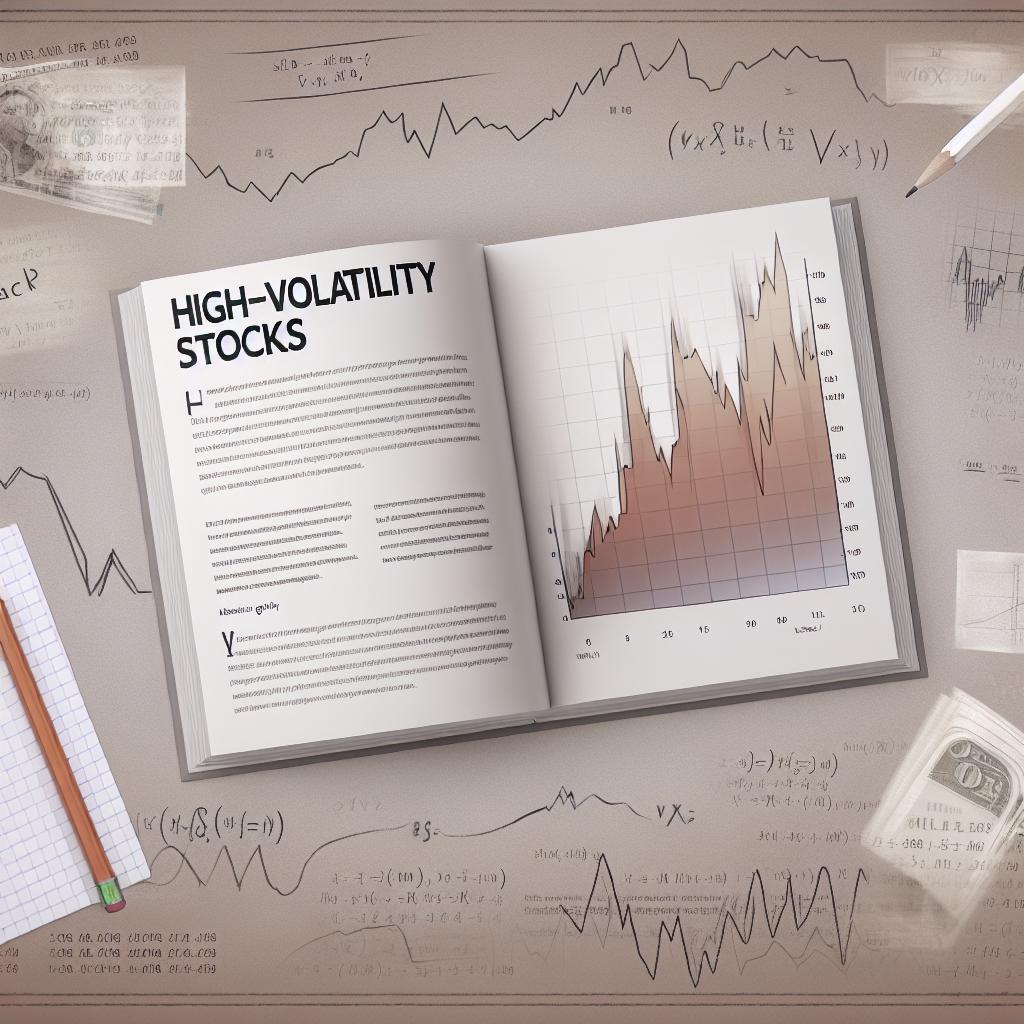The Influence of News on Stock Volatility
The role of news in influencing stock market volatility is substantial and multifaceted. In contemporary financial markets, news acts as a critical input to the expectations and decisions of investors, thereby impacting stock prices. The kinds of news that affect stock prices can be varied, encompassing corporate developments, macroeconomic data, and geopolitical events. Investors and traders continuously analyze news to gauge the economic climate, market trends, and potential risks. When significant events or announcements occur, they can trigger rapid buying or selling, leading to increased stock volatility.
Types of News Impacting Stocks
Corporate News: Announcements from companies, including earnings reports, leadership changes, and mergers, tend to have direct effects on the stock market. Positive earnings results might drive stock prices up, while poor earnings reports can lead to declines. For instance, if a major corporation announces a substantial increase in net profits, this news could boost investor confidence, leading to higher demand for the company’s shares and potentially driving up the stock price. Conversely, if a company reports lower-than-expected earnings or issues a profit warning, investors might sell off shares, resulting in a decrease in the stock price.
Macroeconomic News: Data releases such as GDP growth rates, unemployment figures, and inflation rates provide insights into the broader economic environment. These macroeconomic indicators are closely watched by investors as they reflect the health of the economy. For example, a higher-than-expected GDP growth rate might suggest a thriving economy, prompting stock prices to rise as businesses are likely performing well. On the other hand, rising inflation rates might lead to concerns about increased costs for companies, potentially depressing stock prices as profit margins may be squeezed.
Geopolitical News: Events like elections, international conflicts, or changes in trade policies can create instability and uncertainty in financial markets. Depending on the nature and perceived impact of these events, stock markets may react sharply. A geopolitical event such as an election can bring about policy uncertainty, which could affect business operations and investor sentiment. If an election leads to the stabilization of a government’s economic policy, investor confidence may rise, potentially boosting stock markets. Alternatively, international conflicts can introduce economic sanctions or disrupt trade, negatively impacting stock prices due to anticipated economic downturns.
The Role of Economic Events
Economic events play a crucial role in shaping market trends and stock price volatility. Central bank meetings, interest rate announcements, and fiscal policies are pivotal economic factors that investors track closely. These events often provide insights into the future direction of the economy and can lead to significant adjustments in market expectations.
Interest Rates: Central banks influence interest rates, which in turn affect borrowing costs for businesses and consumers. As interest rates rise, borrowing costs increase, which could lead to decreased business investments and consumer spending, potentially slowing economic growth and affecting stock prices negatively. Conversely, when interest rates are lowered, borrowing becomes cheaper, possibly encouraging corporate expansions and consumer spending, which can boost stock prices as businesses are expected to perform better.
Employment Data: Employment statistics are vital indicators of economic health. A positive employment report can bolster confidence in economic growth, whereas weak employment data can signal economic problems, thereby affecting stock prices. If employment figures are strong, indicating that more individuals are obtaining jobs, consumer spending might rise, benefiting companies and potentially driving up stock prices. Conversely, high unemployment rates may indicate economic stagnation, which could lead to a drop in investor confidence and a subsequent decrease in stock prices.
Interplay Between News and Economic Events
News and economic events often interact to create varied effects on the stock market. For instance, a positive corporate earnings announcement might have its impact dampened if released alongside adverse macroeconomic news. Investors often need to look at the context; if a company’s profits are up but the broader economy appears to be struggling due to poor economic data, the overall impact on the stock market might be muted, as the broader economic conditions can overshadow individual corporate successes. Conversely, negative corporate news might be softened by favorable economic updates. For example, a negative earnings report could have its impact lessened if it coincides with strong economic data, such as robust GDP growth or a significant drop in unemployment, which may maintain overall investor optimism. It is crucial for investors to weigh the complex interactions between various types of news and economic announcements to form a holistic view of the market.
Conclusion
Understanding the role of news and economic events in stock volatility is essential for anyone involved in financial markets. The dynamic nature of these factors means that investors must remain vigilant and responsive to changes. By closely monitoring relevant news and economic updates, investors can make more informed decisions, balancing risks and opportunities in the stock market. This continuous assessment requires attention to both the global and domestic economic landscapes to make educated decisions. An investor’s ability to understand and interpret the implications of different types of news can potentially increase profitability and minimize risks. Regular analysis of news allows investors to stay ahead of market trends, anticipate potential market movements, and manage portfolios effectively. However, while news provides valuable information, it also opens the door to volatility; therefore, having strategies in place to manage risk is equally important. By doing so, investors can optimize their portfolios to align with both current and anticipated market conditions, thereby enhancing their chances of success in the ever-changing world of financial markets.
For further reading on stock market trends and strategies, visit this resource from the U.S. Securities and Exchange Commission.







